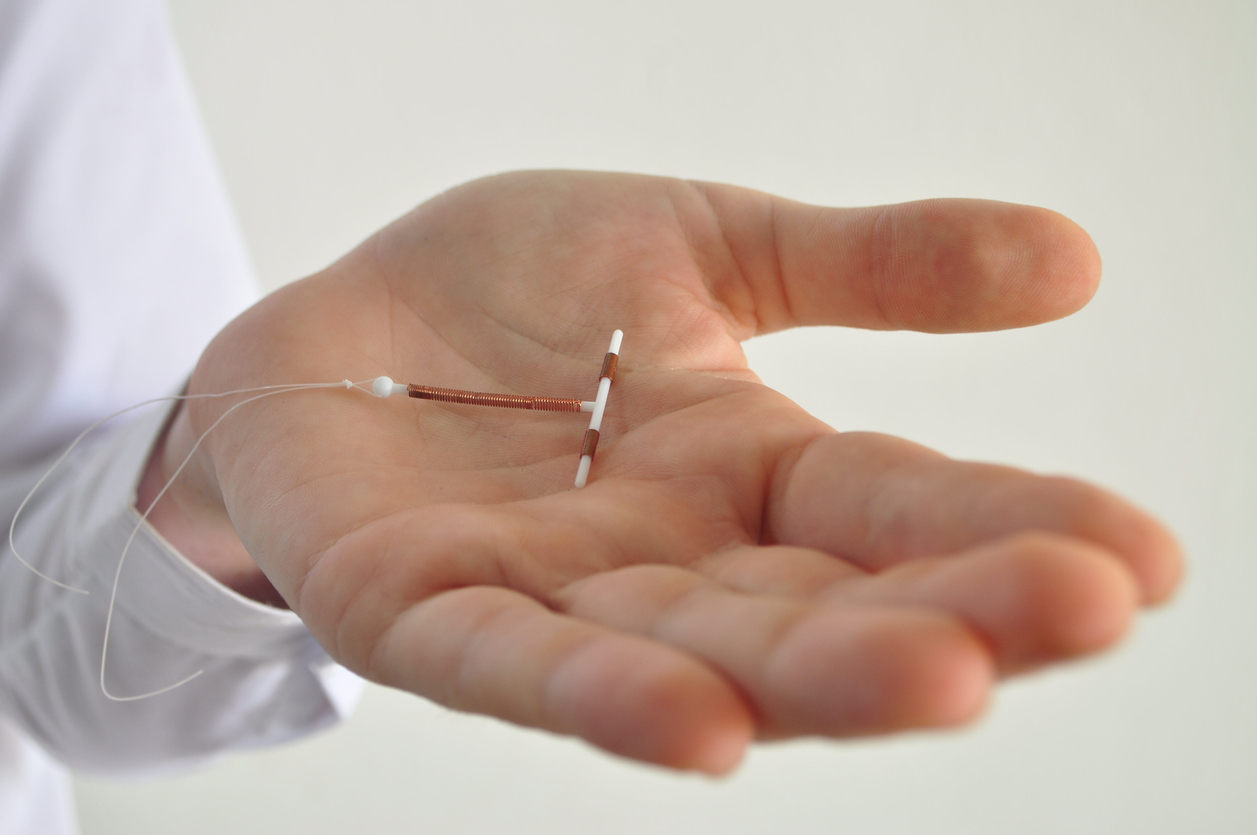How Does IUD Placement Work?
As an IUD becomes one of the most popular and effective forms of birth control, you might have found yourself interested in it at one point. While you probably know what essentially an IUD is and what it generally looks like, IUD placement at a doctor’s office is a whole other story.
Before IUD Placement
When you first decide to get an IUD (also known as an intrauterine device), you’ll soon realize from your gynecologist or general physician that there are different types of IUDs. Despite this, the prep work before inserting it is similar for virtually all of them. Before you even get into a room with your health practitioner, it’s recommended that you take some over-the-counter painkillers, such as Advil or Motrin, about an hour before IUD placement and insertion. This will make sure you have the least discomfort and pain possible when the device is placed inside of you.
Because you might experience some bleeding, it’s also recommended that you bring some menstrual pads with you. Once you’re in the exam room, your doctor will first perform a bimanual pelvic exam to determine the position of the uterus, as well as the size, mobility, and consistency. After this, he or she will open the vagina and hold it open with a speculum so that the cervix can be sterilized.
At this point, your physician may or may not apply anesthesia, so make sure to ask before the appointment if your doctor plans on doing this. Then, to stabilize the cervix, your doctor will use a tenaculum to keep the cervix steady. Finally, your healthcare professional will measure the cervical canal and uterus using a sterile device called a “sound” or an endometrial aspirator, which does practically the same procedure as the sound.
During IUD Placement
When it’s finally time for the actual IUD placement, your doctor will take out the sound, bend back the arms of the IUD, and insert the tube with the IUD in it. One the tube pushes out the IUD into place, the arms will go back into their position, and the tube will be removed. You most likely won’t experience severe pain, but you could be part of the small percentage of women that vomit, perspire, or faint during the procedure. Women who have never given birth, haven’t had that many births, or have waited a long time to get an IUD since giving birth are more likely to experience these symptoms. When the IUD placement is over, all of the devices used in the vagina are removed, and the strings of the IUD are cut to a length where you’ll be able to feel with your finger to make sure the IUD is still in place.
After IUD Placement
Most women feel fine after the procedure, so they don’t have a problem with driving themselves home, but because you could have any adverse reaction, it might be best for you to arrange for someone else to take you home. Once you get home, remember that spotting for the first few days after IUD placement is normal, however, if the bleeding is constant or heavy, definitely call your doctor.
Also, be aware that when your period comes for the first time after your IUD is inserted, your flow may be heavier than usual and your period could come early. Depending on which IUD you have, you may have to wait a while before it’s safe to have no other protection during sex than the IUD, so make sure to talk to your doctor about this. IUD maintenance is also essential, as you should check the strings to see if they’re in place every few days for the first few weeks after IUD placement, as well as between every period. Once you have your first period after your IUD is inserted, schedule a checkup with your physician to see that your IUD is intact and in place.
IUD Placement at Dr. Susan Fox’s Center for Women
At Dr. Susan Fox’s Center for Women, we have many different options for IUD birth control, so stop by our office for a consultation to see which one is right for you. Browse through our website to see what other medical services we provide and schedule an appointment at any time!








